Common Questions
Our chiropractors will sometimes want to obtain X-rays to help pinpoint the cause of spine or joint issues. This helps create a treatment plan that's personalized to you.
Our chiropractors commonly offer a massage or hydrotherapy to help warm the muscles, ligaments, and tendons before performing an adjustment.
Your personalized treatment plan will often include at-home strengthening exercises which complement the care you receive at our centers.
The well-being of our patients is our utmost priority. Studies show the safety and effectiveness of chiropractic treatment. To achieve licensure, our providers must undergo extensive training.
Our patients experience immediate relief following chiropractic treatment. However, some may also experience aching, soreness, or stiffness similar to that felt after strenuous exercise. If you do experience soreness or discomfort after spinal manipulation, current research indicates it typically fades within 24 hours.
Yes! We tailor treatment plans around the fitness, needs, and limitations of each patient, including children. Our friendly staff can evaluate whether your child is a candidate for chiropractic care.
Your physician can help determine if physical therapy is an appropriate and effective treatment in your case, and provide you with a physical therapy prescription if so. However, Florida is a direct access state for physical therapy, meaning that you may seek care from a physical therapist without a physician’s referral for the first 30 days of treatment before needing a physician’s signature.
Patients recovering from certain types of conditions or injuries may experience discomfort during physical therapy. For example, therapy may be painful when trying to restore range of motion after surgery in joints such as the knee or shoulder. Our physical therapists prioritize your comfort, and employ pain prevention techniques throughout your session.
Florida law does not allow for physical therapists to make a medical diagnosis. In most cases, a physician will provide you with a medical diagnosis and refer you to a physical therapist. Physical therapists can provide a physical therapy diagnosis which is related to the movement system and can help guide interventions for treatment.
A typical physical therapy session lasts from 30-60 minutes. Depending on your particular medical and physical therapy diagnosis, the frequency of appointments can vary. You may only need to see a physical therapist one or two times to address your needs, or you may need anywhere from 2 to 3 therapy sessions per week over the course of weeks to months, depending on your diagnosis and prescription.
Many of our physical therapy patients can make a full recovery without surgery. Our physical therapists are here to discuss your options. Surgery is often avoidable.
See a neurological physician who is experienced in the diagnosis and treatment of TBIs. You may also treat with rehabilitation specialists such as speech, physical, and occupational therapists for help alleviating specific symptoms.
Brain injuries commonly go undiagnosed, and symptoms can be delayed. You should see a neurologist as soon as possible after experiencing head trauma that could result in a TBI, or after experiencing signs and symptoms that may indicate a TBI.
Treatment time varies greatly based on the severity of the injury. Patients with mild TBIs may partially or even fully recover in as little as three weeks. Recovery from moderate and severe TBIs may take months or years.
This is largely dependent on the severity of the TBI and your symptoms. While most patients with mild to moderate TBIs will make a full recovery, this is not always the case. Complete recovery from a severe TBI is not impossible, but is unlikely.
Wear a seat belt when traveling, and a helmet when participating in recreational or sporting activities that could result in head trauma. Balance training and fall prevention programs can also help mitigate risk of TBIs caused by falls.
PRP injections can take several weeks to produce noticeable results in improving pain and function.
You may experience soreness after receiving a PRP injection. We recommend rest and avoidance of heavy activity for a one to two days after receiving an injection.
Yes, you can receive more than one PRP injection. Up to three injections may be provided within six months with two or three weeks between each one. However, your pain may be completely resolved with a single injection.
Both drawing the blood and injecting the PRP involve needle insertions, which can evoke mild discomfort.
Steroid injections are anti-inflammatory, meaning they are supposed to help decrease inflammation of the injured or painful tissue. However, steroid injections do not always adequately reduce inflammation to sufficiently diminish pain and improve function long-term. PRP injections are meant to help tissue out of the inflammatory cycle and promote long-term relief by promoting tissue healing via increased growth factor concentration.
PRP injections can take several weeks to produce noticeable results in improving pain and function.
You may be sore after receiving a PRP injection. We recommend patients who receive PRP therapy rest and avoid heavy activity for a couple of days.
Yes, you can receive more than one PRP injection. Up to three injections may be provided within six months with two or three weeks between each one (7). However, your pain may be completely resolved with a single injection.
Both drawing the blood and injecting the PRP involve needle insertions, which can evoke mild discomfort.
Steroid injections are anti-inflammatory, meaning they are supposed to help decrease inflammation of the injured or painful tissue. However, steroid injections do not always adequately reduce inflammation to sufficiently diminish pain and improve function long-term. PRP injections are meant to help tissue out of the inflammatory cycle and promote long-term relief by promoting tissue healing via increased growth factor concentration.
Common injuries include whiplash, back pain, broken bones, torn ligaments, sprains, bruising, concussions, and more.
Seek treatment as soon as possible. If you do not seek examination and treatment within 14 days, you may lose a significant portion of the PIP insurance coverage you're entitled to.
Injuries and symptoms from an auto accident are often delayed. Trauma from the accident can stretch or cause micro-tears in the soft tissues. Inflammation slowly builds in these areas, which can lead to pain, limitation of mobility, or other symptoms over time.
Even in accidents involving a mild impact, significant force can be applied to the cervical spine. The effects of this trauma may not be felt for days or weeks. For this reason, you should always seek an examination for an emergency medical condition (EMC) after an auto accident.
Whiplash is the most common injury caused by auto accidents. Patients commonly experience headaches as well as pain, stiffness, and reduced range of motion in the neck.
Vertebrae in your neck can sometimes be moved out of position or restricted due to the trauma from an accident. This is a common cause of post-accident headaches.
A variety of factors can influence healing time for fractures, including the bone and vascular supply, age, nutritional status, type of fracture, reduction type, and more. Generally, most bones take at least 12 weeks to heal.
Recognize if you are experiencing difficulty with balancing or notice weakness or any changes in your usual function. You should see a neurologist to assess for any potential neurological conditions and receive proper medication treatment. You may also wish to see a physical therapist to receive balance and functional training to prevent a fall from occurring.
Inability to bear weight on a joint, severe,sharp pain, swelling, redness, and bruising, noticeable visual deformity or feeling deformity when touching the site of pain, and severe or complete loss of motion are all red flag for a potential fracture. You should seek urgent medical care to assess and rule out a potential fracture if you have any suspicion that one has occurred.
Sharp pain, loss of consciousness, severe headache, memory deficits, loss of vision or blurred vision, open wounds, bruising, redness, or deformity of the skull after a fall can indicate a potential head injury.
Some simple tips: Avoid using throw rugs that can cause a slip or fall and wear sturdy shoes with non-slip or non-skid soles around the home. Consider installing grab bars in the bathroom or rails on the staircases and using an assistive device such as a walker or cane if needed.
Medical providers will sometimes conduct electromyography studies to observe how much the nerve signals are being transmitted to the rest of the body.
Neck braces are a good first-line conservative management technique to try to limit neck motions that can aggravate the nerve roots via compression.
Radicular pain can recur, especially if there are increases in activities that compress the nerve roots. The neurology, physical therapy, and chiropractic teams can all help provide conservative self-management techniques and education to help you mitigate risk for recurrence and manage symptoms if they do recur.
The best way to know is by receiving medical imaging such as Magnetic Resonance Imaging (MRIs). Depending upon your presentation, your physician may not deem this necessary at first before trying conservative treatment to see if there is improvement.
Muscle weakness can indicate more severe nerve root compression. If you are experiencing this, especially if it is worsening, you should see a medical provider for assessment.
Most cases of sciatica spontaneously resolve within 6 weeks regardless of treatment method. However, future flare-ups may occur and some cases may become chronic in nature.
Try to avoid movements which may have triggered your sciatica, such as repetitive bending, lifting, or twisting. If you developed sciatica after sitting for a long period of time, take occasional breaks while sitting.
You may notice severe motor deficits, such as loss of function if the leg or a sudden inability to raise the foot up. Any changes in bowel or bladder habits, incontinence, or loss of sensation in the perineal areas can also indicate potential cauda equina, a condition which requires immediate medical care.
The best way to determine what is causing the sciatica is Magnetic Resonance Imaging (MRI) of the back and/or hip/buttock areas. This can help show if the sciatic nerve roots are being compressed by a herniated disc or something such as arthritic changes or narrowing in the central spinal canal or foramen.
Sciatica can occur on both sides of the body at the same time, but it is more likely to occur on just one side. If there are flare ups, they are likely to occur on the same side as the original occurrence, though it is possible to experience it on the opposite side.
Three convenient Florida locations serving you.
-
207 N Krome Ave
Homestead , FL 33030 - (305) 246-0056
- (305) 246-0056
-
Monday: 9:00am-1:00pm & 2:30pm-7:00pm
Tuesday: 9:00am-1:00pm
Wednesday: 9:00am-1:00pm & 2:30pm-7:00pm
Thursday: 2:30pm-7:00pm
Friday: 9:00am-1:00pm & 2:30pm-6:00pm - Email Us
- Homestead and Miami-Dade County
- Contact us for driving directions.
-
2339 N Monroe St
Tallahassee , FL 32303 - (850) 385-6664
- (850) 385-6664
-
Monday-Friday
9am-1:00pm & 2:30pm-7:00pm - Email Us
- Leon County, Tallahassee, Havana, Wacissa, Midway, Woodville, Monticello, Lamont, Saint Marks
- Contact us for driving directions.
-
2387 W 68th St , Suite 402-404
Hialeah , FL 33016 - (786) 509-9397
- (786) 509-9397
-
Monday-Friday
By Appointment Only - Email Us
- Miami Lakes, Opa-locka, Hialeah, Miami Gardens, Miramar, Country Club, Palm Springs North, Pembroke Pines, and Miami-Dade County
- Contact us for driving directions.
Meet The Team
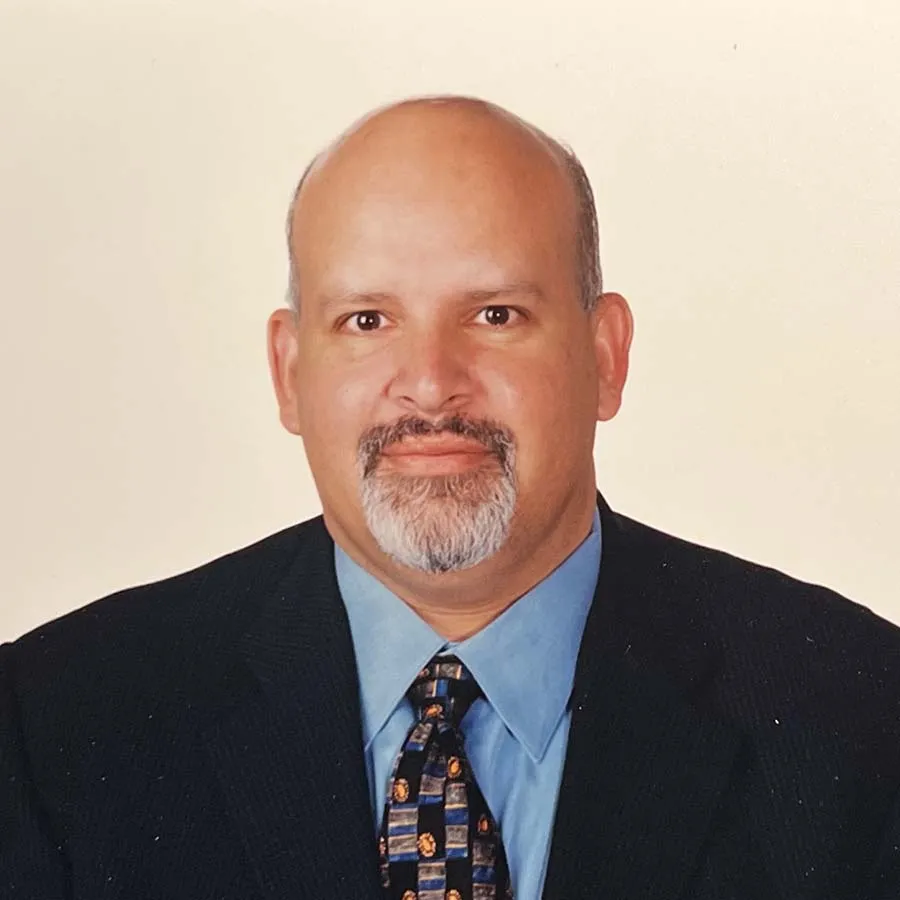
Jose A. Marquez, MD
Neurologist
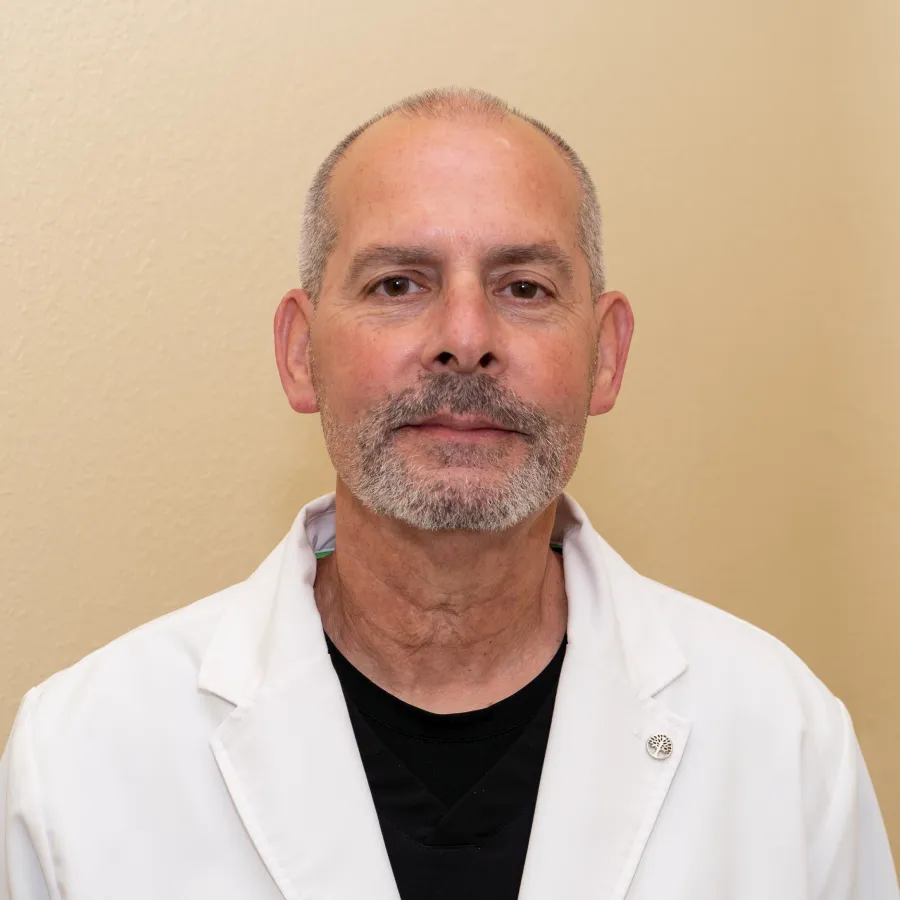
Amaro Exposito, DC
Chiropractor

Natalia Blandon, ARNP

Kristina Donis
Office Manager

Jose A. Marquez, MD
Neurologist
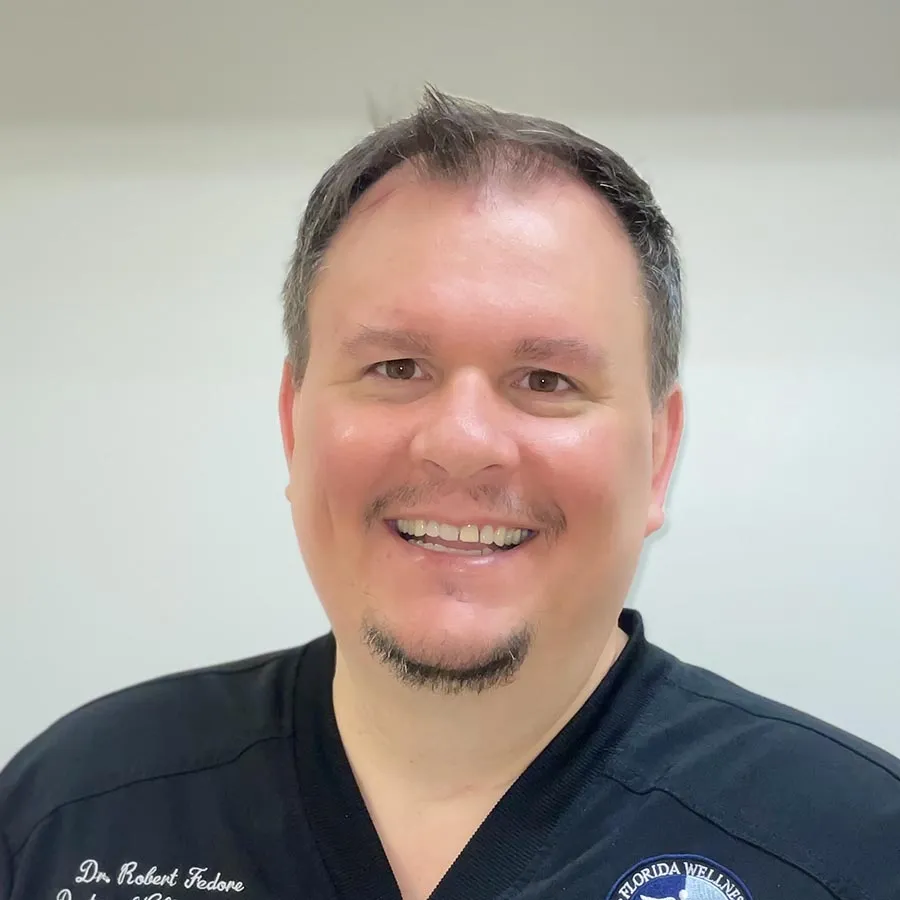
Robert Fedore, DC
Chiropractor
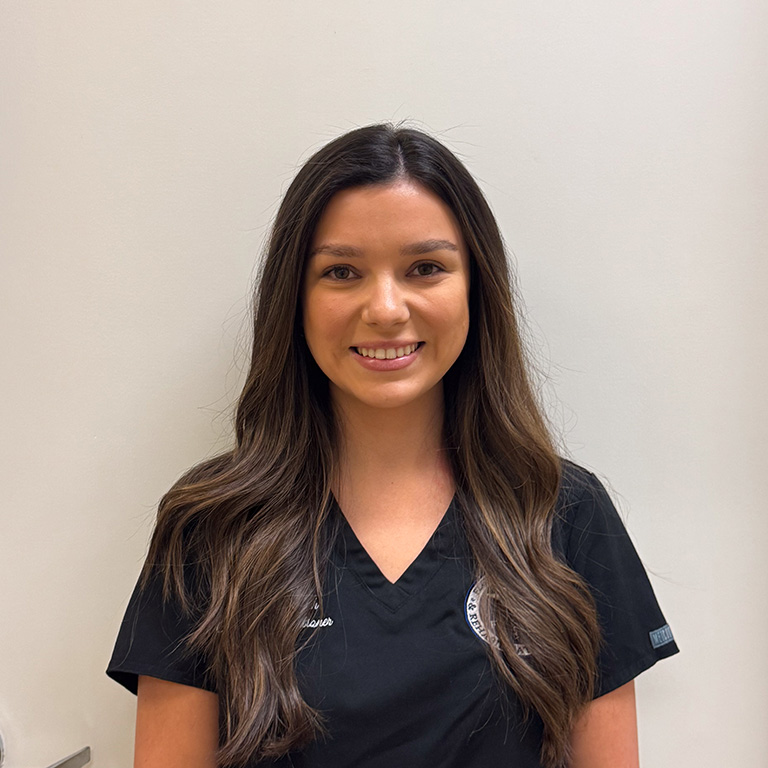
Kayla Welch, ARNP
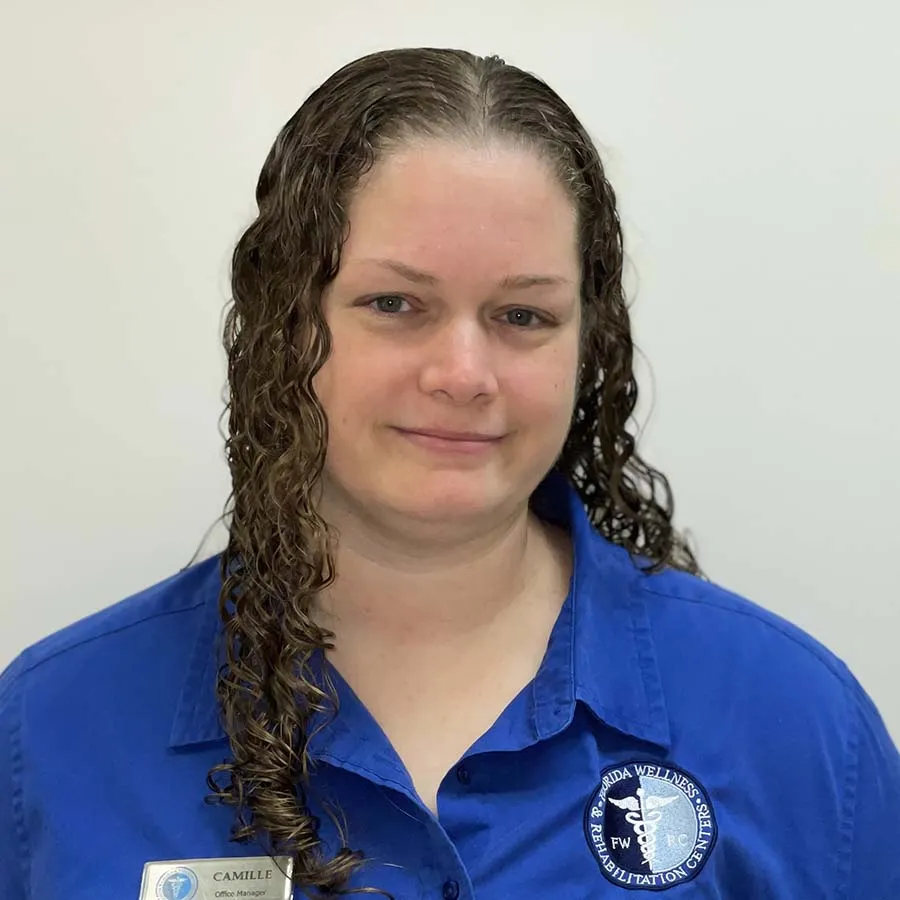
Camille Kallenborn
Office Manager

Jose A. Marquez, MD
Neurologist

Amaro Exposito, DC
Chiropractor

Natalia Blandon, ARNP

Kristina Donis
Office Manager





